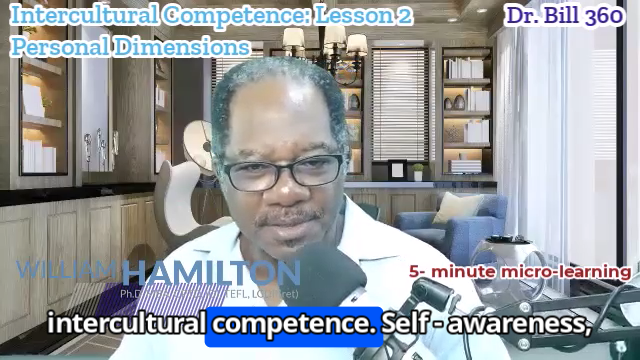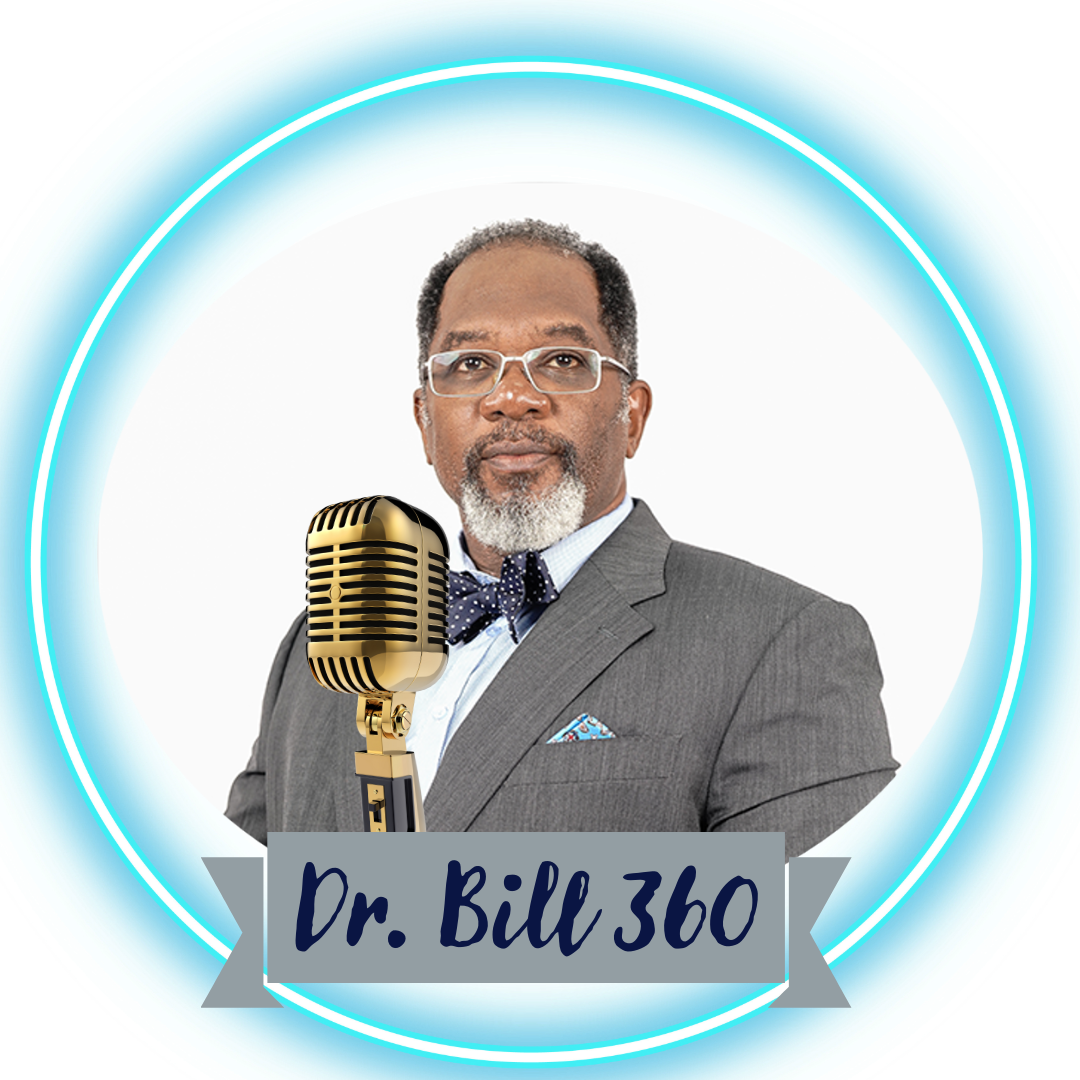Exploring Self-Awareness, Biases, and Empathy

💡 What does it mean to belong? Who decides what is “authentic” in a cultural space?
Beyoncé’s historic win for Best Country Album has ignited discussions about authenticity, tradition, and cultural gatekeeping. Some argue that country music has a “true essence” that should be preserved, while others see music—and culture—as evolving, inclusive spaces.
But beneath this debate lies a deeper question: How do our own biases shape our perception of culture, tradition, and belonging?
Self-Awareness: The First Step to Breaking Bias
We all carry unconscious biases that shape the way we see the world. Often, these biases aren’t intentional—but they impact how we interact with others, how we define belonging, and how we judge change.
For example, when people resist change in a cultural space, they often frame it as “preserving tradition.” But if we reflect on statements like “We need to ensure that the award reflects the true essence of the genre,” we start to see assumptions at play:
- Who defines what is “authentic” in a genre that has always evolved?
- Does upholding tradition mean excluding new influences?
- How does cultural gatekeeping limit growth and inclusion?
Developing Cultural Empathy Through Active Listening
If we want to become more culturally aware, listening before judging is key.
✅ Suspend Judgment – Don’t assume your way is the “right” way.
✅ Clarify & Paraphrase – Repeat what you heard to confirm understanding.
✅ Ask Open-Ended Questions – Create space for deeper dialogue.
💡 Example:
A team leader working with international colleagues notices that some team members contribute less in meetings. Instead of assuming disengagement, they ask questions, listen actively, and adjust communication to be more inclusive.
GROW Reflection Exercise: Challenge Your Own Biases
A simple framework to identify and challenge personal biases:
1️⃣ Goal: Identify a cultural bias you’ve held.
2️⃣ Reality: Reflect on how this bias has influenced past interactions.
3️⃣ Options: List three ways you can develop cultural empathy.
4️⃣ Way Forward: Commit to one change in how you engage with others.
📌 Example Reflection:
- Bias Identified: I assumed certain cultures resist change.
- Reality: My assumption was based on limited exposure.
- Options: Read diverse perspectives, practice active listening, engage in cultural dialogues.
- Way Forward: Join a multicultural networking group.
Conclusion: Growth Starts with Self-Reflection
“Growth starts with you—build cultural self-awareness!”
Cultural agility is about balancing tradition and evolution. It’s about challenging biases, listening to understand, and expanding our definition of inclusion.
👉 Are you ready to reflect on your own cultural assumptions? Drop your thoughts in the comments below!
🔗 Listen & Learn:
📖 Blog Link Here: https://drbill360.net/
🎙️ YouTube Podcast Link Here: https://youtu.be/rPuiEuhXE54
🎧 Audio Link Here: https://drbill360.net/wp-content/uploads/2025/02/ML-Intercultural-Competence-Lesson-2.mp3
🗣️ Join the conversation! Do you think cultural traditions should evolve, or should they be preserved as they are? Let’s discuss! 👇
